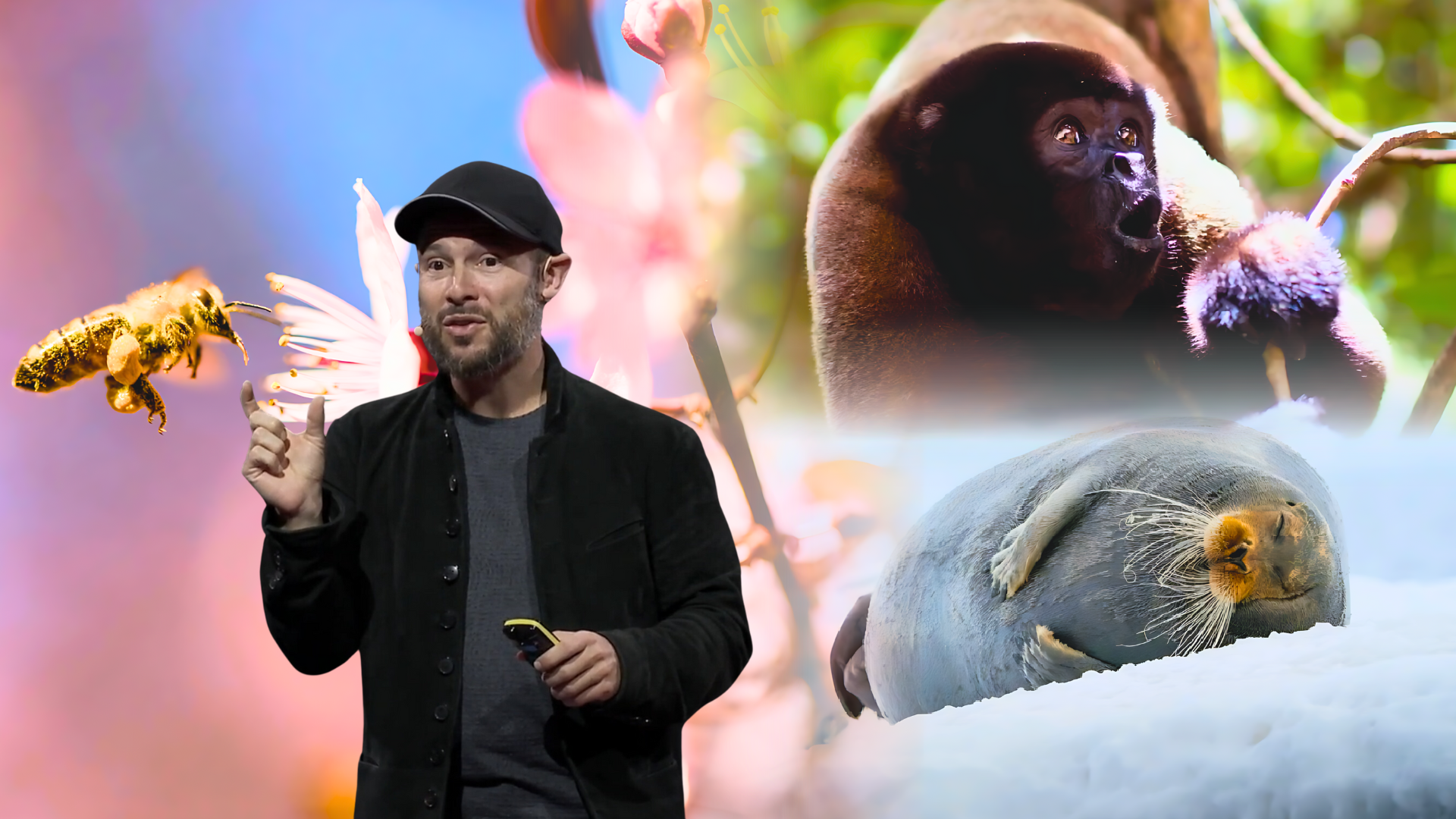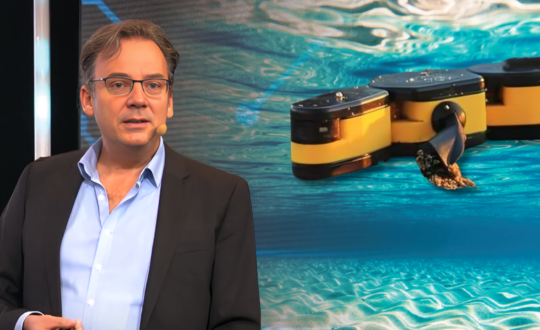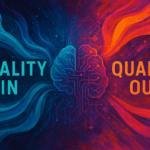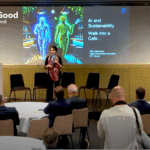Artificial Intelligence (AI) is advancing at an unprecedented rate, extending its reach beyond human language into the realm of animal communication. At the forefront of this groundbreaking endeavor is the Earth Species Project (ESP), an international nonprofit organization dedicated to decoding non-human communication using AI. The implications of this work are profound, potentially reshaping our understanding of biodiversity and humanity’s place within it.
One of the significant challenges in developing AI systems, particularly large language models, is the prohibitive cost associated with training and deployment. This issue is compounded by the fact that these models primarily focus on human language and available text data, excluding other crucial datasets such as Earth observations.
During a session at the AI for Good Global Summit 2024, a key point was raised: “How do we do this in a way that includes everyone, in particular also the global South, which at the moment has no access to some of this?”
To democratize access to AI and its benefits, institutions need to be built or restructured to support inclusive development and deployment. This approach ensures that advancements in AI do not exacerbate existing inequalities but rather contribute to a more equitable distribution of technological benefits.
Understanding biodiversity extends beyond cataloging species and ecosystems; it encompasses decoding the complex communication systems of non-human species.
As Aza Raskin, co-founder of the Earth Species Project, noted, “What is the common thread between all of the major problems that we as humanity face, whether it’s climate change, opioid epidemic, loneliness epidemic, or runaway inequality? The connecting thread is that they all stem from a narrow optimization of a narrow goal at the expense of the whole.”
ESP’s mission is to discover and decode non-human language, working with over 40 universities and biologists worldwide. This endeavor aims to bridge the gap in our understanding of animal communication, starting with intriguing examples such as the bearded seal’s mating call and the intricate naming practices of parrots and dolphins.
In 2017, AI achieved a milestone by gaining the ability to translate between any two human languages without needing examples or Rosetta Stones. This breakthrough provides a foundation for translating animal communication. AI models transform relationships into distances and directions, effectively creating a geometric representation of language. These representations, known as embeddings, enable AI to understand the semantic relationships between words.
For instance, the word “dog” has a set of relationships (friend, guardian, howl, yelp, fur) that fix it at a specific point in this geometric space. When similar shapes are built for different languages, the AI can align them and translate between them. This capability raises the question: Can we build similar shapes for animal communication and align them with human language?
There are intriguing examples of shared experiences between humans and animals that suggest the potential for rich, symbolic communication. Dolphins, for instance, can pass the mirror test, indicating self-awareness. They also engage in sophisticated behaviors, such as using pufferfish to get high in a manner reminiscent of human recreational drug use.
Another example is the complex vocalizations of beluga whales, which communicate using modem-like packets of sound that include their name and clan identity. Despite the technological challenges, such as overlapping vocalizations that make it difficult to distinguish individual speakers, advancements in AI offer promising solutions. For instance, AI can now separate multiple overlapping animal voices into individual tracks, significantly improving data analysis.
The Earth Species Project is also exploring the use of multimodal sensor data to understand animal behavior. By equipping whales with tags that record audio, visual, and motion data, researchers can model the relationship between vocalizations and behavior. This approach enables scientists to predict animal behavior based on vocalizations and vice versa.
One practical application of this technology is in preventing whale strikes, a leading cause of whale mortality. By understanding the sounds whales make to signal danger, humans can develop non-intrusive methods to guide whales away from potential threats, thereby reducing human impact on marine life.
While the potential for AI to decode animal communication is exciting, it also raises significant ethical considerations.
As Raskin highlighted, “Because of the nature of large language models and AI, we will be able to communicate fluently before we fully understand what we’re saying.” This caution is particularly relevant when considering the impact of synthetic whale songs or other AI-generated animal communications on natural behaviors and ecosystems.
To address these concerns, the ESP advocates for a cautious and responsible approach to AI development. This includes establishing guidelines and safeguards, akin to a “prime directive” or Geneva Convention for cross-species communication, to ensure that technological advancements do not harm the very beings they aim to understand.
The implications of decoding animal communication extend beyond scientific curiosity. They challenge fundamental assumptions about personhood, consciousness, and humanity’s relationship with nature.
As Raskin eloquently put it, “The world is way more magical than we think.” By unlocking the secrets of animal communication, we not only enhance our understanding of biodiversity but also foster a deeper connection with the natural world.
The Earth Species Project’s work represents a bold step towards a future where AI bridges the communication gap between humans and non-human species. This endeavor holds the promise of transforming our relationship with nature, promoting biodiversity, and addressing some of the most pressing challenges facing humanity today.

















